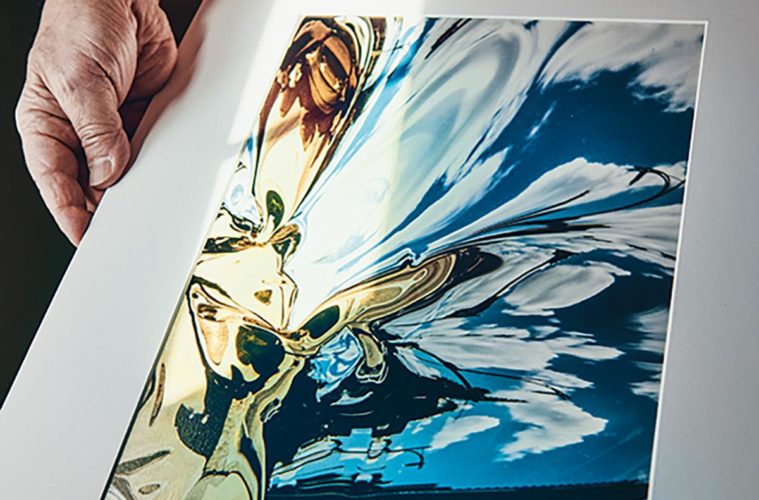The current chapter of this Newbury garden is dramatic and full of colorful characters
For Beth Welch and Chuck Christensen, it
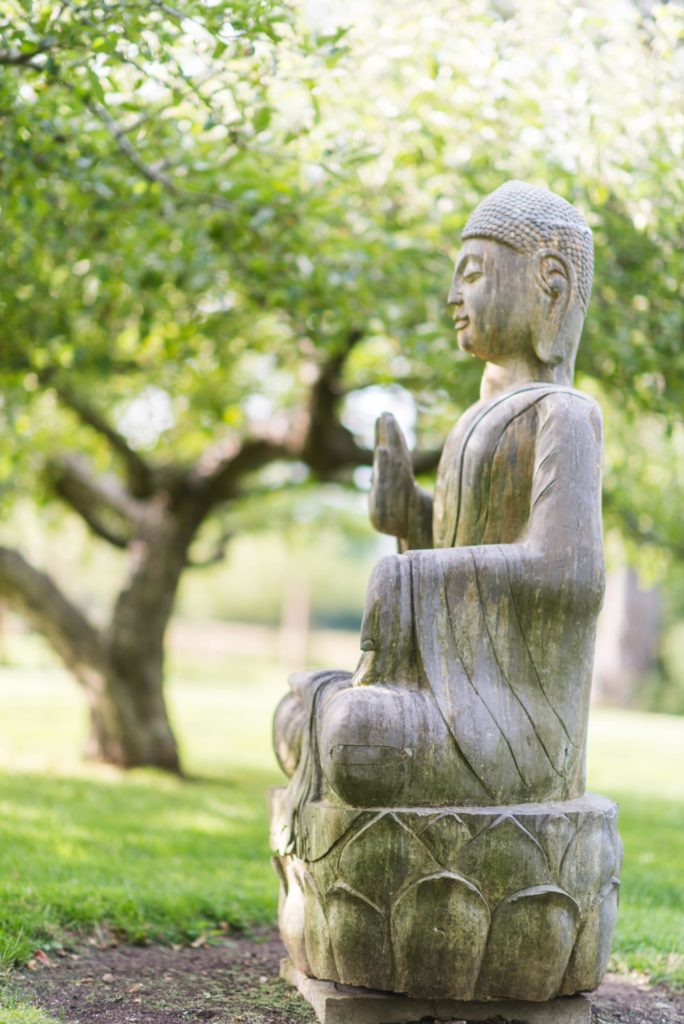
Although her grandfather never identified the town by name, everyone suspected that Newburyport served as the “thinly veiled” location (as Welch refers to the novels’ early-20th-century setting) for Marquand’s social commentaries with a plot. So, based on this and other family connections to the town, the two turned their focus toward country living.
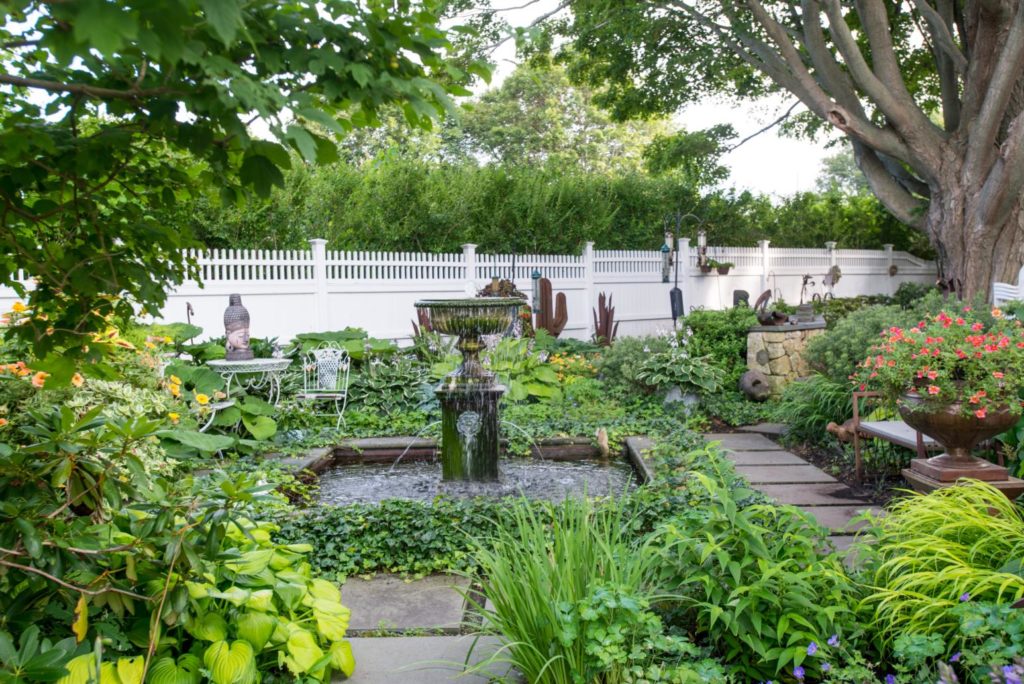
The first order of business was a house renovation. But they chased construction immediately with the installation of
But the real scene-stealer is Marvin, the name (after Marvin Myles, a female character in one of Marquand’s novels) given to a massive face sculpture whose sex is debatable. “She looks like Georgia O’Keefe, in her later years,” says Welch. Even with the arresting larger-than-life face, though, it’s a restful place. But that was just the beginning; Welch and Christensen always intended to bring the full acreage into the dialogue.
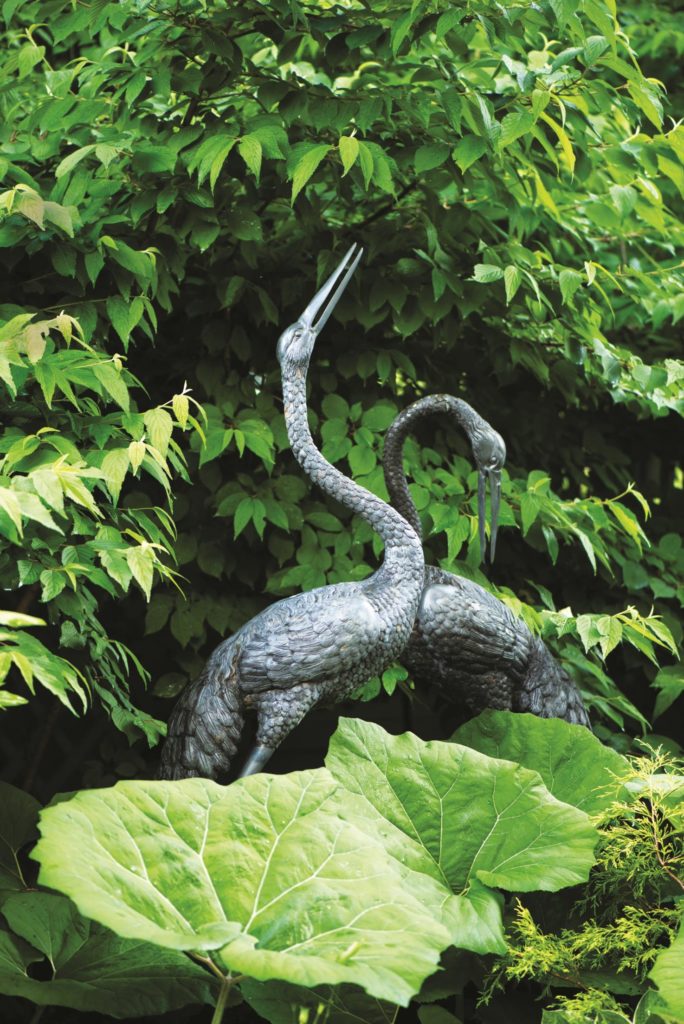
Although they were newbies to gardening, the two came into the project armed with all the right instincts. Their Victorian could feel imposing, but they painted it a muted yellow/cream with white trim accented discreetly by navy detailing. Corseted all around in plantings, it lets the surrounding shrubs and trees steal the scene. To give it breathing room, the sole nod to a typical backyard lawn spreads beyond the shrubbery.
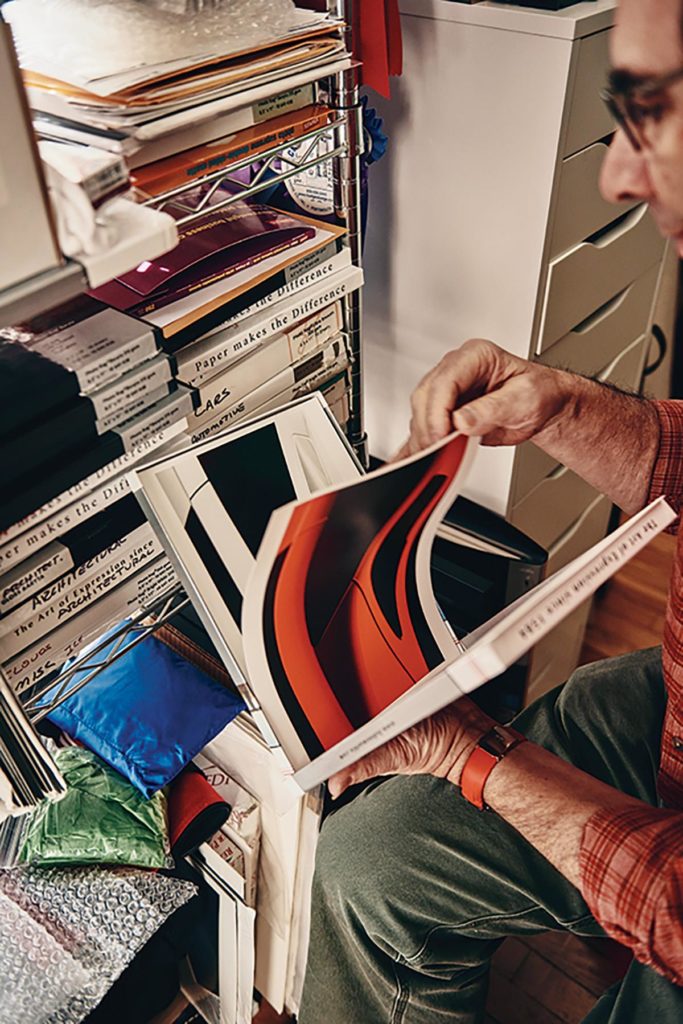
Both Welch and Christensen have literature in their roots— Christensen is a retired publisher, and Welch comes from a family of educators and authors, beyond her famous grandfather. That being the case, the plot was bound to thicken.
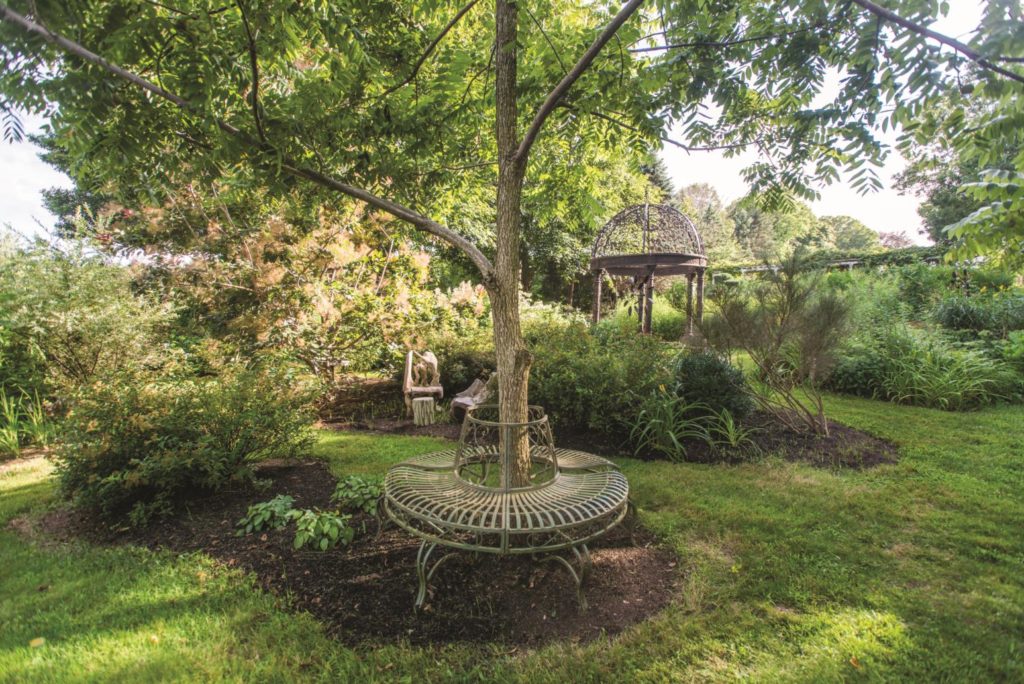
More than one garden expert guided the evolution of the garden. Kim Turner and Ann Uppington served as the primary collaborators, finding appropriate plant selections to fill each space. At one point, the family considered a pool. But, not wanting to tackle the maintenance involved, they went for a croquet court instead. Because croquet calls for a cozy, shaded spectator space, they installed a long pergola, paved beneath in brick and fitted with grape vines. It became one of many delightful destinations on the property.
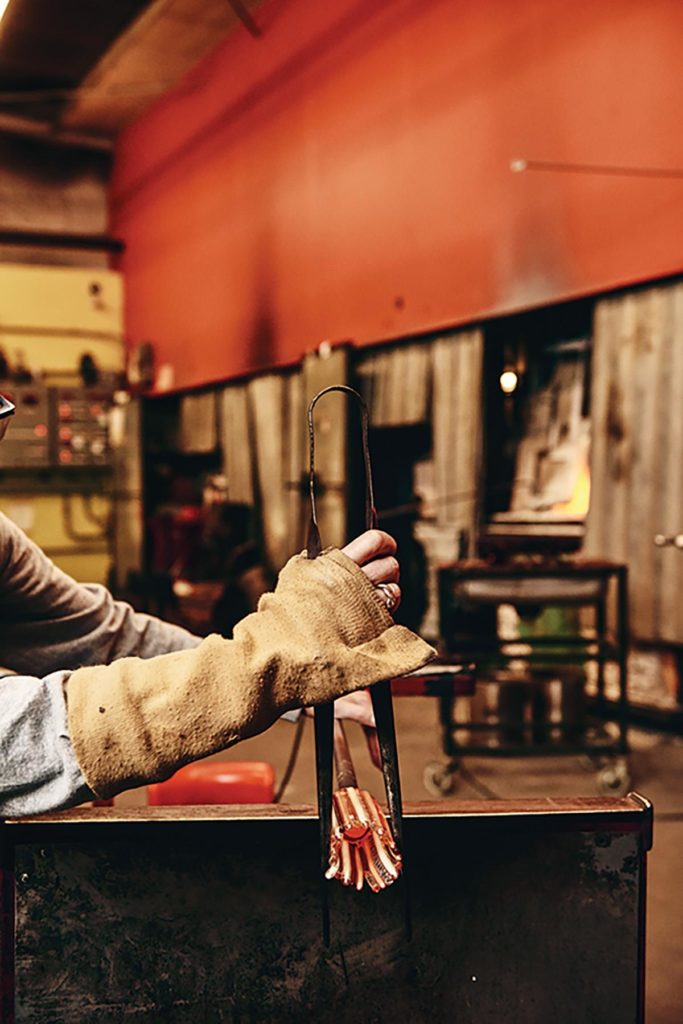
From the beginning, a whole lot of bushwhacking was required to muscle out plants that had claimed land over the years. More recently, Raina Finn of Trinity Gardens was hired to clear around some previously existing spireas. Finn proved quite enthusiastic and accomplished, and she effectively opened up space for a whole series of magical paths and garden areas.
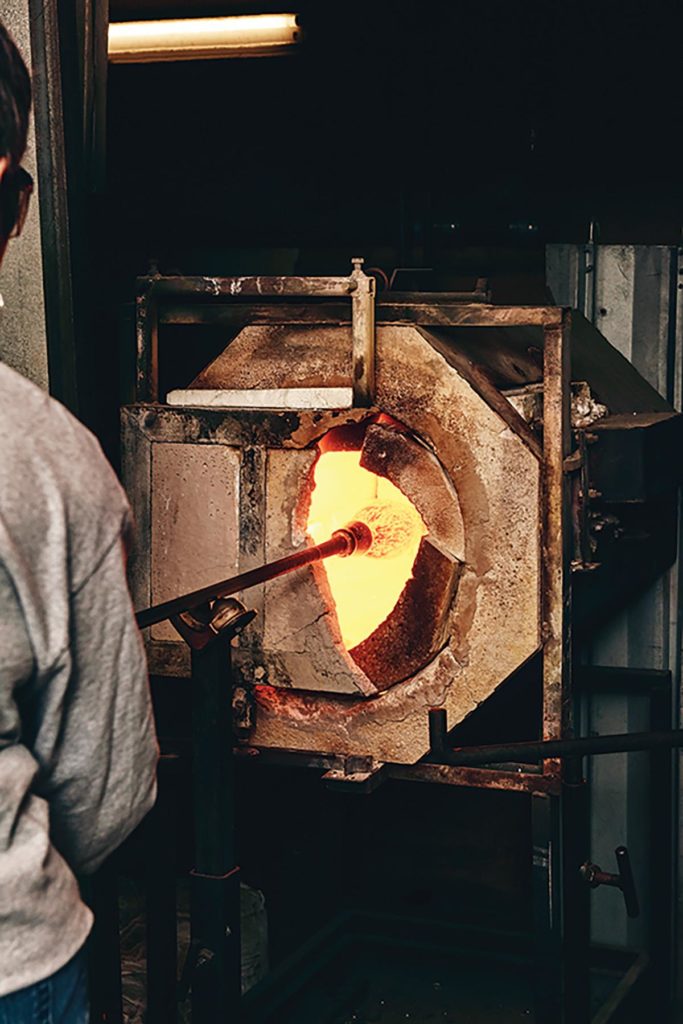
Christensen has become a collector of everything from fascinating shrubs and perennials to sculptures and a
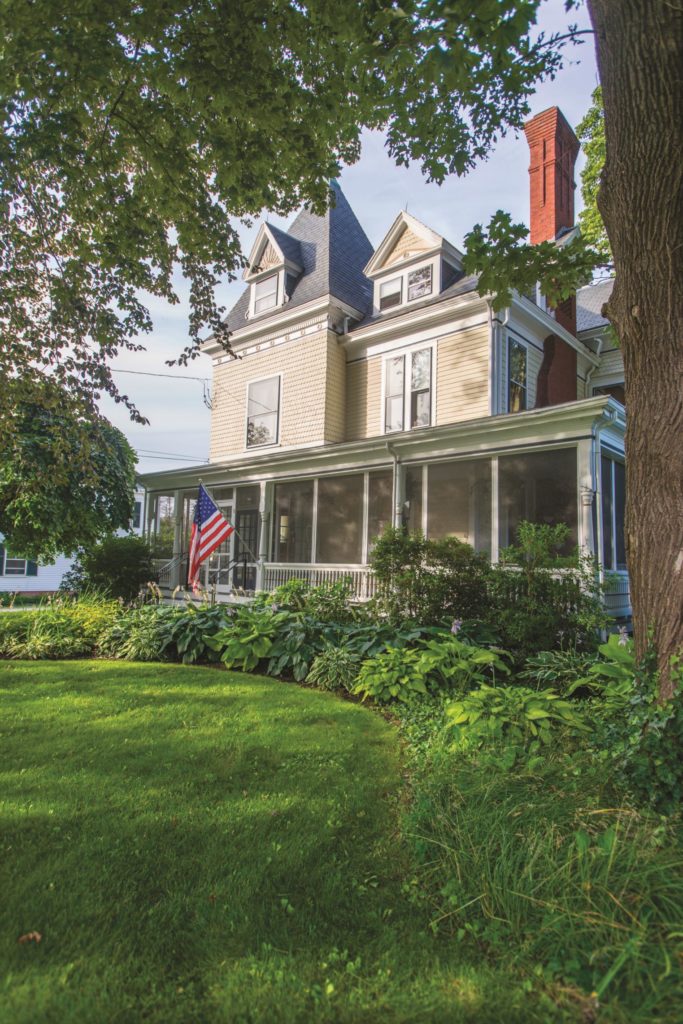
Flowing around its base, four quadrants are each devoted to plants of a specific color. “It was Ann Uppington’s interpretation of an English wild garden,” says Welch. The yellow bed hosts miscanthus ornamental grass, roses,
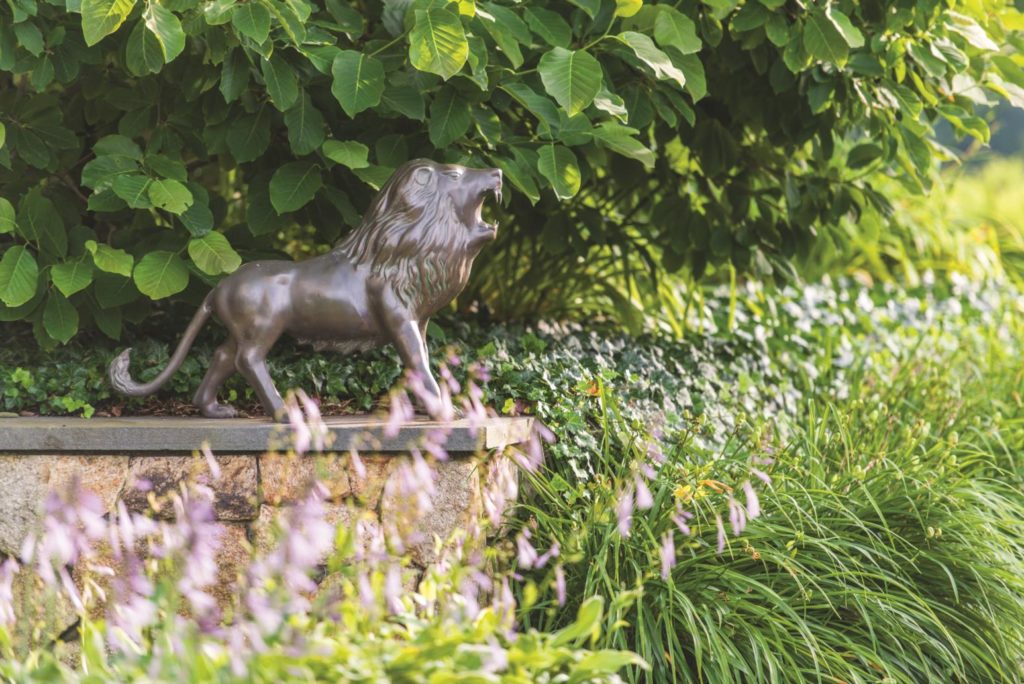
Working in their favor is the incredibly fertile soil that was undoubtedly farmland in some previous incarnation. In fact, Tendercrop Farm cultivates adjacent fields leased from the local land conservancy. “The conservancy land makes the property feel so much bigger,” Welch comments. But really, the conquest of their own space combined with the magic of many pathways winding through nearly seemingly wild plantings is the enchantment that renders the spot so beguiling. Recently, a screened hideout was added to the property’s farthest

